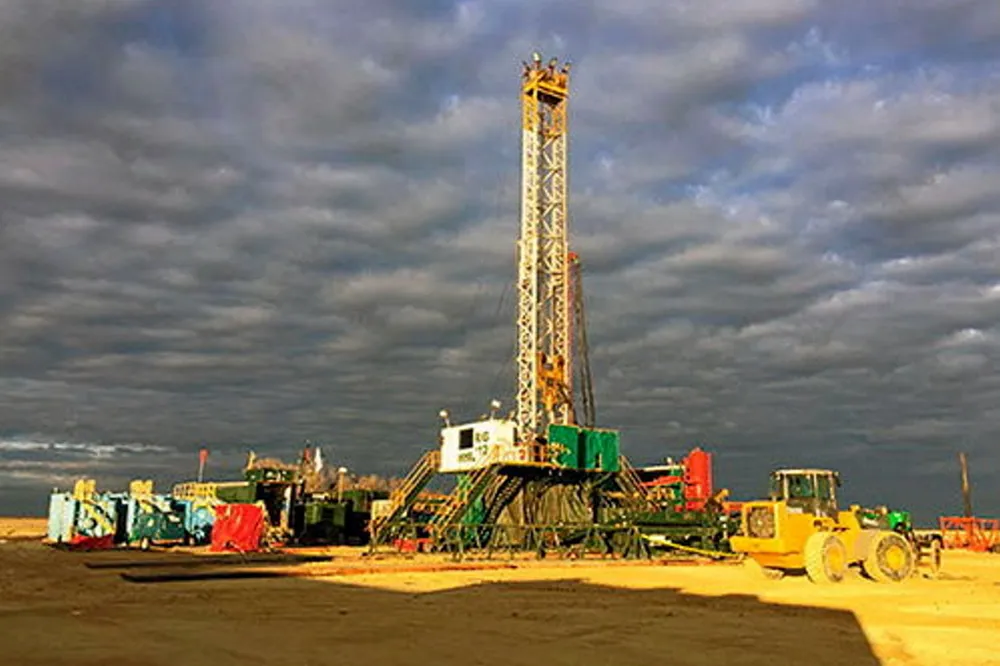US offers $20m in funding for technology to improve natural-hydrogen exploration and extraction
The Department of Energy is backing research into detecting and extracting hydrogen from subsurface stores or reduced iron minerals

The Department of Energy is backing research into detecting and extracting hydrogen from subsurface stores or reduced iron minerals
